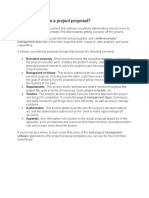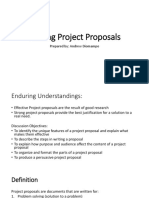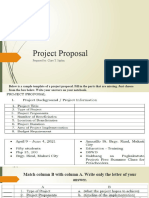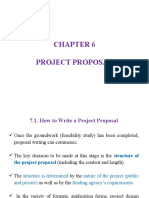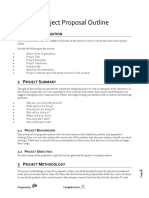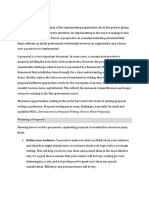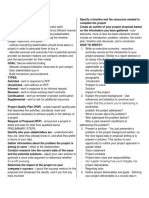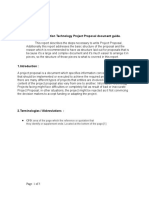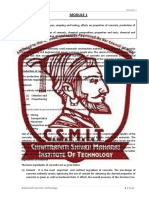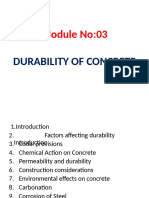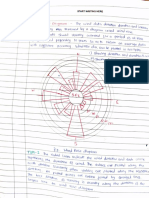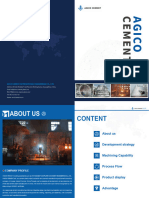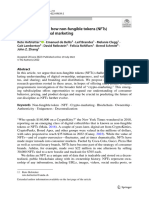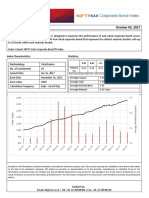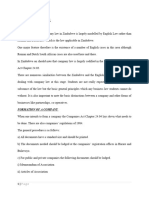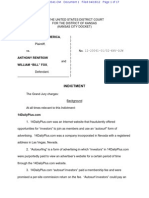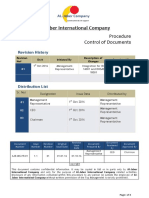0% found this document useful (0 votes)
258 views3 pagesProject Proposal Guide for Stakeholders
A project proposal outlines a project to stakeholders and seeks approval. It defines the problem, presents the solution, and provides a plan to achieve objectives. A good proposal follows a conventional format, clearly explains the benefits, and motivates decision-makers to support the project. The proposal should tell a coherent story and address all necessary elements to obtain executive buy-in.
Uploaded by
Rahul patilCopyright
© © All Rights Reserved
We take content rights seriously. If you suspect this is your content, claim it here.
Available Formats
Download as PDF, TXT or read online on Scribd
0% found this document useful (0 votes)
258 views3 pagesProject Proposal Guide for Stakeholders
A project proposal outlines a project to stakeholders and seeks approval. It defines the problem, presents the solution, and provides a plan to achieve objectives. A good proposal follows a conventional format, clearly explains the benefits, and motivates decision-makers to support the project. The proposal should tell a coherent story and address all necessary elements to obtain executive buy-in.
Uploaded by
Rahul patilCopyright
© © All Rights Reserved
We take content rights seriously. If you suspect this is your content, claim it here.
Available Formats
Download as PDF, TXT or read online on Scribd
/ 3











